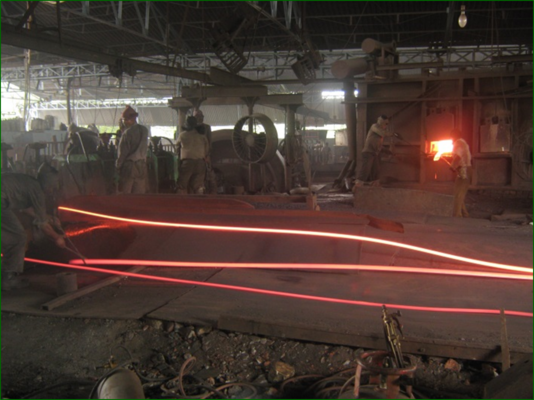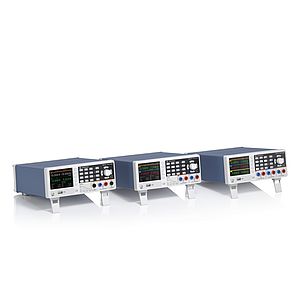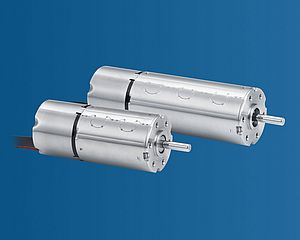With a booming economy, demand for construction materials has skyrocketed in India. In particular, the need for steel has grown in recent years, with production registering a cumulative annual growth rate of around 7 percent over the last few years. While the steel industry is a key contributor to the Indian economy, it is also responsible for large amounts of waste and greenhouse gas emissions. Steel production is very energy intensive - and energy efficiency processes haven't yet filtered into the daily operations of steel mills in India. But that is changing.
We were excited to be part of an energy efficiency project for the steel re-rolling sector in Bhavnagar, a medium-sized city in the western state of Gujarat. Bhavnagar is home to the biggest steel rolling mill cluster in Gujarat. Like other steel re-rolling mills, the cluster creates commonly-used products like bars and structural steel by rolling heated stock in a rolling mill. The sector by and large relies on raw materials like ingots, billets and various kinds of scrap - but in Bhavnagar, eighty percent of mills use steel plates from recycled ships sourced from Alang, one of the world's largest ship-breaking yard. In 2011-12 alone, the yard processed 415 ships (3.86 million tons), and provided direct employment to 50,000 people and indirect employment to hundreds of thousands of workers. It truly is an economic powerhouse for the region.
In fact, the steel re-rolling sector as a whole is one of the most important segments of India's entire steel industry. It began in earnest in 1928 and there are now around 1800 mills in operation in India. The sector is largely dominated by small and medium-sized enterprises (representing 75 percent of the sector), which enjoy a competitive edge over larger producers due to their flexibility in producing smaller volumes for niche markets.
However, the operating efficiency of these small units is dismally poor, leading not only to huge energy losses but also significant wastage of raw material. There is a tremendous opportunity to save resources by cutting fuel and raw material use through technology modernization. Doing this on a large scale would also lead to significantly improved pollution loading (locally and globally) and a better workplace environment. To demonstrate the potential, we worked with a steel rolling cluster that sourced its scrap from the Alang ship-breaking yard. The major source of fuel for the cluster is pulverized coal, a dirty fuel that produces large amounts of greenhouses gases and pollution when burned. We chose to work with the cluster because of its potential to reduce its CO2 emissions through energy efficiency measures, including improving its poor furnace design so it can reduce coal use.
There were other challenges that hampered their ability to run efficient operations - many of which are not limited to this city alone. The majority of mill owners are first generation industrialists without any formal technical education. Even the foreman and mill staff did not have formal training, instead acquiring their skills on the job. In general, the steel re-rolling industry also faces a number of market failures, with limited access to finance, technology and market-related information. This situation is compounded by the lack of effective delivery systems for supporting cleaner production uptake at an industry level. To help overcome all these barriers, we carried out a feasibility study and, armed with better information, we helped improve the design and function of a reheating furnace used by the cluster.
This was supported by other measures to ensure proper management of the new technology, including training the plant operators and supervisors, monitoring improvements, and partnering with the Shihor Steel Re-rolling Mills Association to ensure the cluster had ongoing support.
Importantly, we also helped identify a financing partner to ensure the initiative was a success. As a direct result of the improved technology, the thermal efficiency of the furnace grew from a mere 21 percent to 30.5 percent; and fuel use dropped by 23 percent, which in absolute terms equates to 75 kg per ton of product, down from 97 kg per ton of product. Annually, the improvements saved 330 tons of coal.
Bhavnagar's steel re-rolling mills are not unique in having inefficient technologies and a lack of awareness of energy efficiency. If replicated across India, this model could contribute to vast reductions in CO2 emissions - meaning the sector could maintain its strong economic position while greening its production.
The Institute for Industrial Productivity (IIP) is an independent non-profit organization whose role is to accelerate the uptake of energy efficiency practices amongst industry. Somnath Bhattacharjee and Ritu Bharadwaj, authors of the article, work out of IIP's India office. www.iipnetwork.org
























































